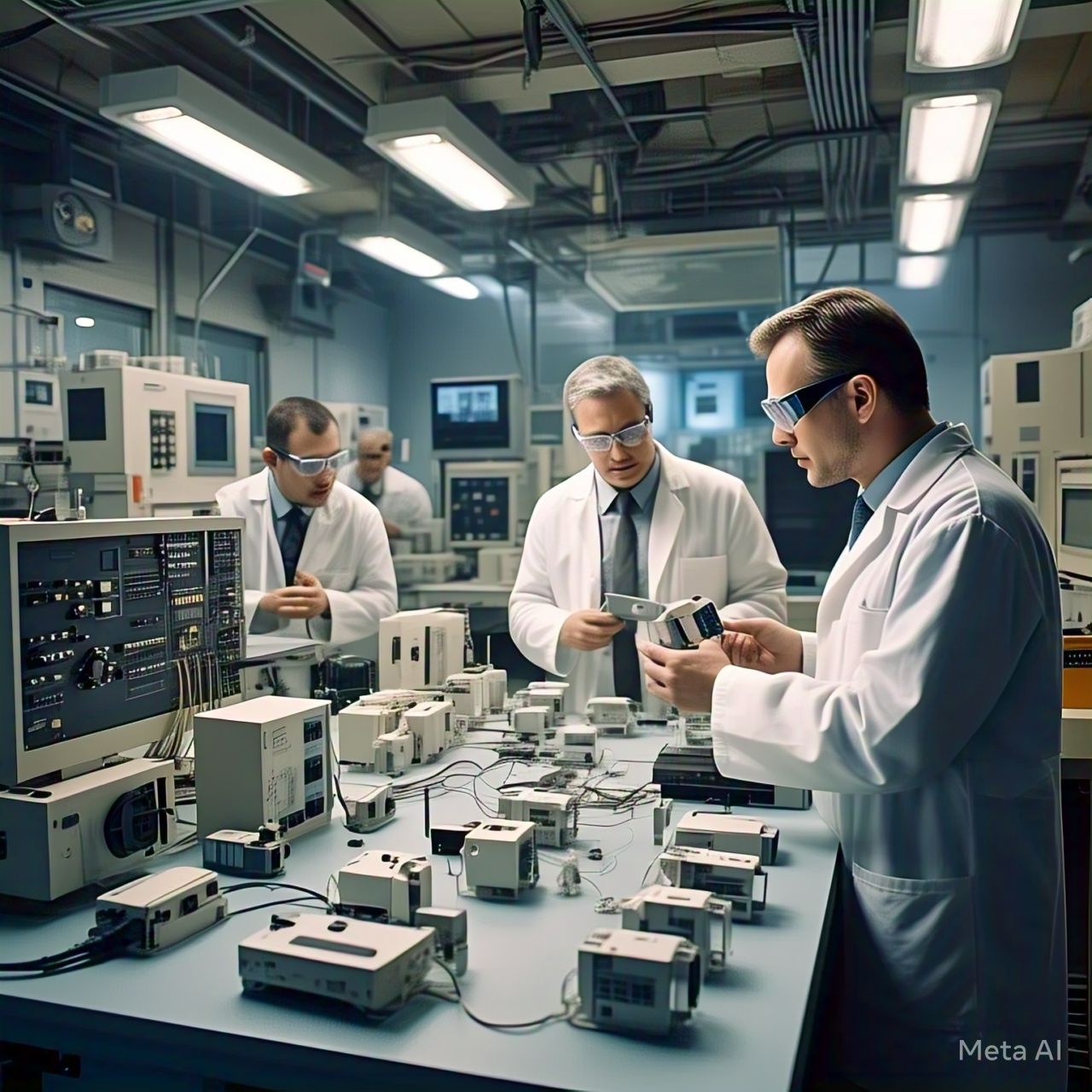Table of Contents
- Introduction
- Understanding Superconductors
- Neural Networks: The Backbone of AI
- The Intersection of Superconductors and Neural Networks
- Advantages of Superconductors in AI
- Challenges in Implementing Superconductors for AI
- Real-World Applications
- Future Prospects
- Conclusion
- FAQs
1. Introduction
Artificial Intelligence (AI) is evolving rapidly, with neural networks playing a crucial role in its advancement. However, as AI models grow more complex, traditional semiconductor-based processors are struggling to keep up. This has led researchers to explore superconductors, which offer near-zero resistance and ultra-fast processing capabilities. Could superconductors revolutionize AI efficiency? This article explores the potential of superconductors in neural networks, highlighting their advantages, challenges, and future prospects.
2. Understanding Superconductors
Superconductors are materials that exhibit zero electrical resistance when cooled below a critical temperature. This unique property allows for lossless energy transmission, making them highly efficient in computing applications. The two primary types of superconductors include:
- Low-Temperature Superconductors (LTS): Require extremely low temperatures, often close to absolute zero.
- High-Temperature Superconductors (HTS): Operate at relatively higher temperatures, making them more practical for commercial use.
3. Neural Networks: The Backbone of AI
Neural networks, inspired by the human brain, consist of interconnected layers of artificial neurons that process information. They are fundamental in deep learning applications, powering technologies such as:
- Image and speech recognition
- Natural language processing
- Predictive analytics
Despite their capabilities, traditional neural networks face challenges such as high energy consumption and processing delays. This is where superconductors come in.
4. The Intersection of Superconductors and Neural Networks
Superconducting materials have the potential to transform neural networks by enabling ultra-fast signal processing and significantly reducing power consumption. Several key innovations in this field include:
- Josephson Junctions: These superconducting devices act as ultra-fast switches, enhancing signal transmission in neural networks.
- SFQ (Single Flux Quantum) Computing: A superconducting computing approach that allows for rapid data transfer with minimal energy loss.
- Quantum AI: The fusion of superconducting quantum processors with AI algorithms to achieve unprecedented computational speeds.
5. Advantages of Superconductors in AI
Energy Efficiency
Superconductors eliminate energy loss due to resistance, reducing power consumption in data centers and AI hardware.
Speed and Performance
Superconducting circuits operate at terahertz frequencies, significantly enhancing neural network processing speed.
Scalability
With advancements in high-temperature superconductors, scalable AI systems using superconducting neural networks could become feasible.
Heat Reduction
Traditional semiconductor-based AI chips generate excessive heat. Superconductors operate with minimal heat dissipation, improving hardware longevity and reliability.
6. Challenges in Implementing Superconductors for AI
Cryogenic Cooling Requirements
Most superconductors require ultra-low temperatures, making their integration with AI systems costly and complex.
Material Limitations
Developing superconductors that work at room temperature is still an ongoing scientific challenge.
Manufacturing Complexity
Superconducting circuits are challenging to manufacture at scale, requiring advanced fabrication techniques.
Integration with Existing AI Hardware
Merging superconducting components with conventional AI processors poses significant engineering hurdles.
7. Real-World Applications
AI-Powered Supercomputing
Superconductors could be integrated into AI-driven supercomputers for real-time data analysis and scientific simulations.
Healthcare Innovations
AI models for medical diagnostics could benefit from superconducting processors, leading to faster and more accurate disease detection.
Autonomous Systems
Self-driving cars and robotics powered by superconducting AI could operate with greater efficiency and reliability.
Financial Forecasting
High-speed superconducting AI models could analyze financial markets with unparalleled accuracy, improving decision-making in trading and investment.
8. Future Prospects
Despite the current challenges, ongoing research in superconducting AI is promising. Scientists are exploring room-temperature superconductors and hybrid AI architectures to make this technology more accessible. Key developments to watch include:
- Advancements in Room-Temperature Superconductors
- Commercialization of Superconducting AI Chips
- Integration of Superconducting AI in Cloud Computing
- AI-Driven Superconducting Quantum Processors
9. Conclusion
The combination of superconductors and neural networks represents a paradigm shift in AI efficiency. While significant obstacles remain, ongoing advancements in superconducting materials and AI integration could unlock a new era of ultra-efficient, high-speed computing. As technology evolves, superconducting AI may become a critical component in the future of artificial intelligence.
10. FAQs
Q1: What makes superconductors ideal for AI applications?
Superconductors offer zero resistance, high-speed processing, and low power consumption, making them ideal for AI workloads.
Q2: What are the main challenges of using superconductors in AI?
Cryogenic cooling, material limitations, and integration complexity are the primary challenges.
Q3: Are superconductors currently used in AI?
While still in the research phase, superconducting AI chips are being explored for future applications in high-performance computing and AI-driven analytics.
Q4: How do superconducting neural networks differ from traditional ones?
Superconducting neural networks process information faster, use less energy, and generate less heat compared to traditional semiconductor-based AI systems.
Q5: What industries could benefit from superconducting AI?
Healthcare, finance, autonomous systems, and supercomputing are among the industries that could see major improvements.




